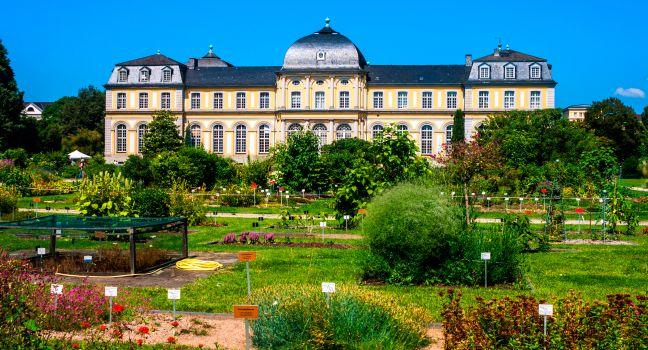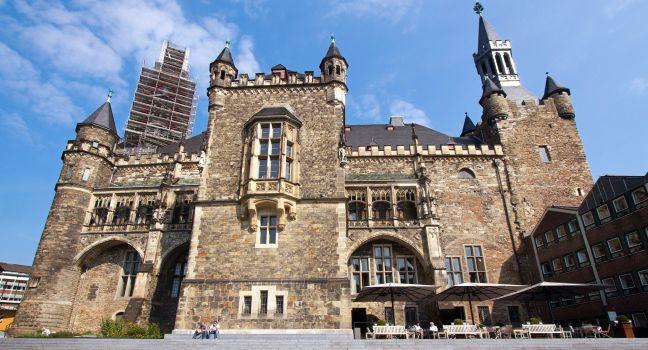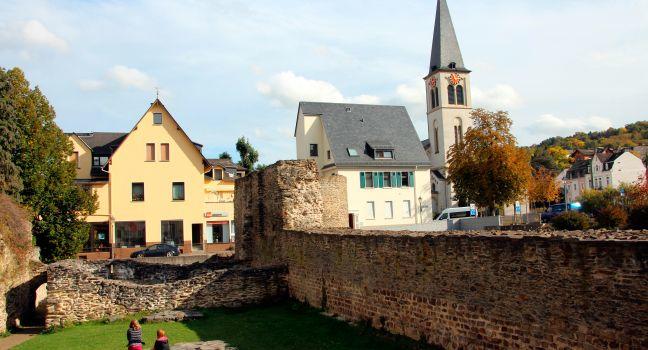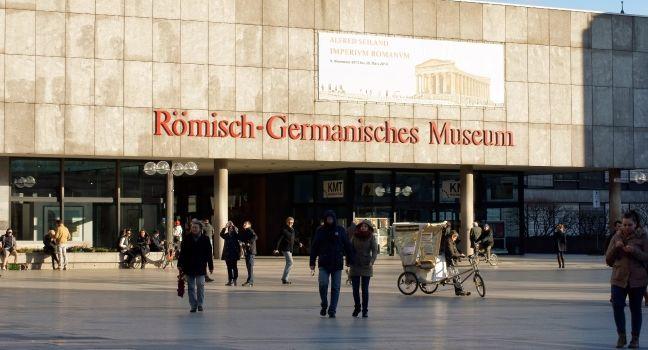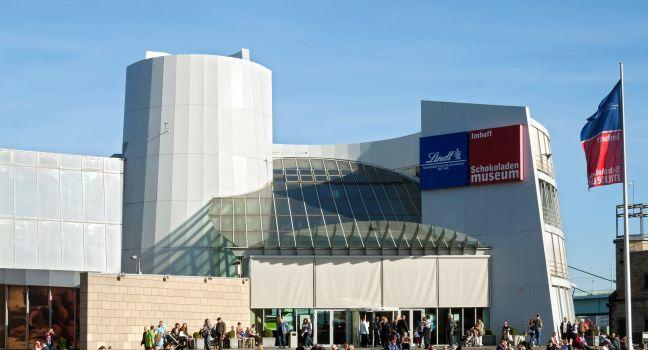Museum Kunstpalast
This impressive art museum lies at the northern extremity of the Hofgarten, close to the Rhine. While its excellent permanent collection that is particularly strong in modern art (especially German Expressionism) is not on view until spring 2023 due to renovations, the museum is hosting interesting temporary exhibitions focusing on modern and contemporary art, photography, and music.

